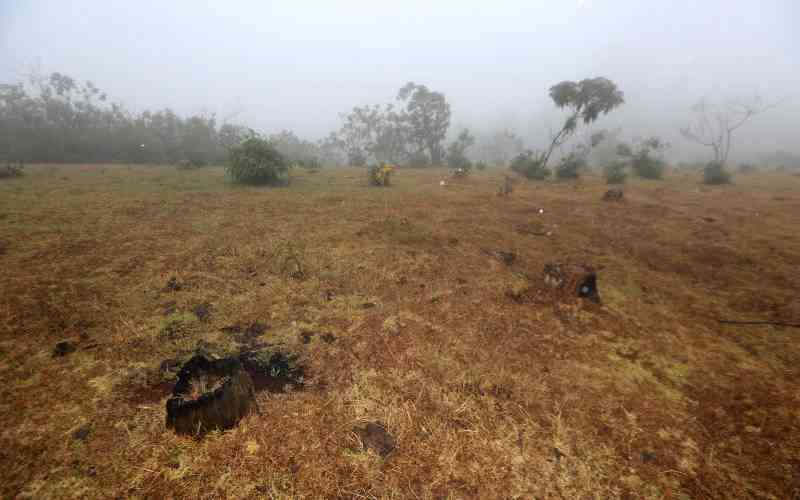A Cleared section of Sabatia Forest in Eldma Ravine ,Baringo county on March 2,2018.FILE.Standard
×
The Standard e-Paper
Informed Minds Prefer The Standard

A Cleared section of Sabatia Forest in Eldma Ravine ,Baringo county on March 2,2018.FILE.Standard
In 2017, the government published Legal Notice Number 265 which converted over 13,000 hectares belonging to the Endorois people into Mukutani Forest, Baringo County. This was done without the legal requirement of free prior and informed consent and compensation.